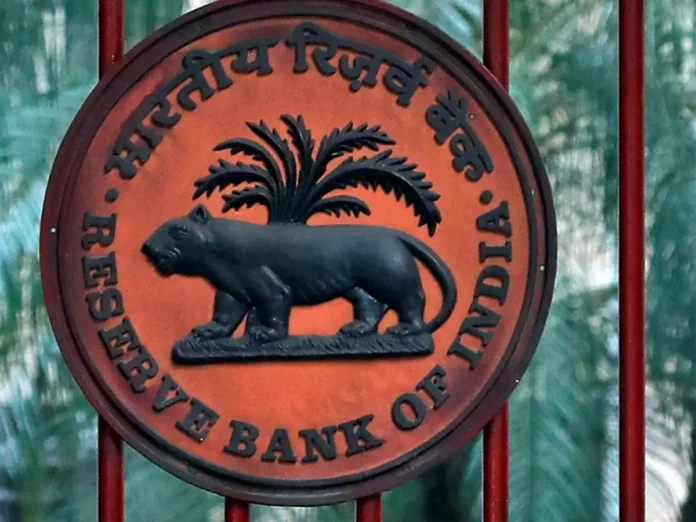New Delhi [India]: The Reserve Bank of India (RBI) is set to announce its monetary policy decision on April 9, with economists divided on the scale of the expected repo rate cut. While some advocate for a 50-basis-point (bps) reduction to boost growth, others predict a more measured 25 bps cut.
Calls for a Larger Rate Cut to Support Growth
Debopam Chaudhuri, Chief Economist at Piramal Group, believes that the RBI should adopt a more accommodative stance due to the economic slowdown in the latter half of FY25. He attributes this slowdown to high borrowing costs and slow credit growth, suggesting that policymakers should ease these bottlenecks.
“A 50 bps rate cut seems to be the need of the hour. Whether RBI will consider it is difficult to predict. At a time when all three major data trends—softer inflation, manageable bank liquidity deficit, and an improving INR—support a rate cut, the MPC may move fast,” Chaudhuri said.
He also pointed out that the U.S. Federal Reserve has already reduced rates by 100 bps since September 2024, while India’s repo rate has only declined by 25 bps. Additionally, with falling U.S. bond yields and a weaker dollar, he argues that the RBI has room to cut rates without triggering capital outflows.
A Gradual Approach Expected by Some Experts
On the other hand, Sonal Badhan, Economics Specialist at Bank of Baroda, expects the RBI to take a more cautious approach, predicting a 25 bps rate cut in April, with a total reduction of 75 bps in this cycle.
“We expect RBI to lower the repo rate by 25 bps in its April meeting. Cumulatively, we have priced in a 75 bps rate cut in this cycle. RBI is expected to take a more gradual approach in lowering rates, hence a 25 bps cut is more likely,” she explained.
Badhan emphasized that capital flows are influenced by multiple factors beyond interest rates, such as economic growth, geopolitical risks, and global trade trends. She believes that India’s strong domestic economy will continue to attract capital inflows in the coming months.
She also stressed that the RBI’s policy decisions are primarily guided by domestic economic conditions rather than simply mirroring the U.S. Federal Reserve’s actions.
“RBI has clarified on multiple occasions that its decisions are taken more with respect to domestic factors. Although the global outlook is a key input in policy decisions, it won’t be a deciding factor,” she added.
RBI’s Balancing Act: Growth vs. Inflation
Despite their differing views on the size of the rate cut, both economists agree that inflation is under control, giving the RBI space to lower rates and support growth.
The Monetary Policy Committee (MPC) meeting will be held from April 7 to April 9, with RBI Governor Shaktikanta Das set to announce the policy decision on April 9 at 10 AM.
The decision will be closely watched by businesses, investors, and policymakers, as the RBI navigates the delicate balance between stimulating growth and maintaining inflation stability.


